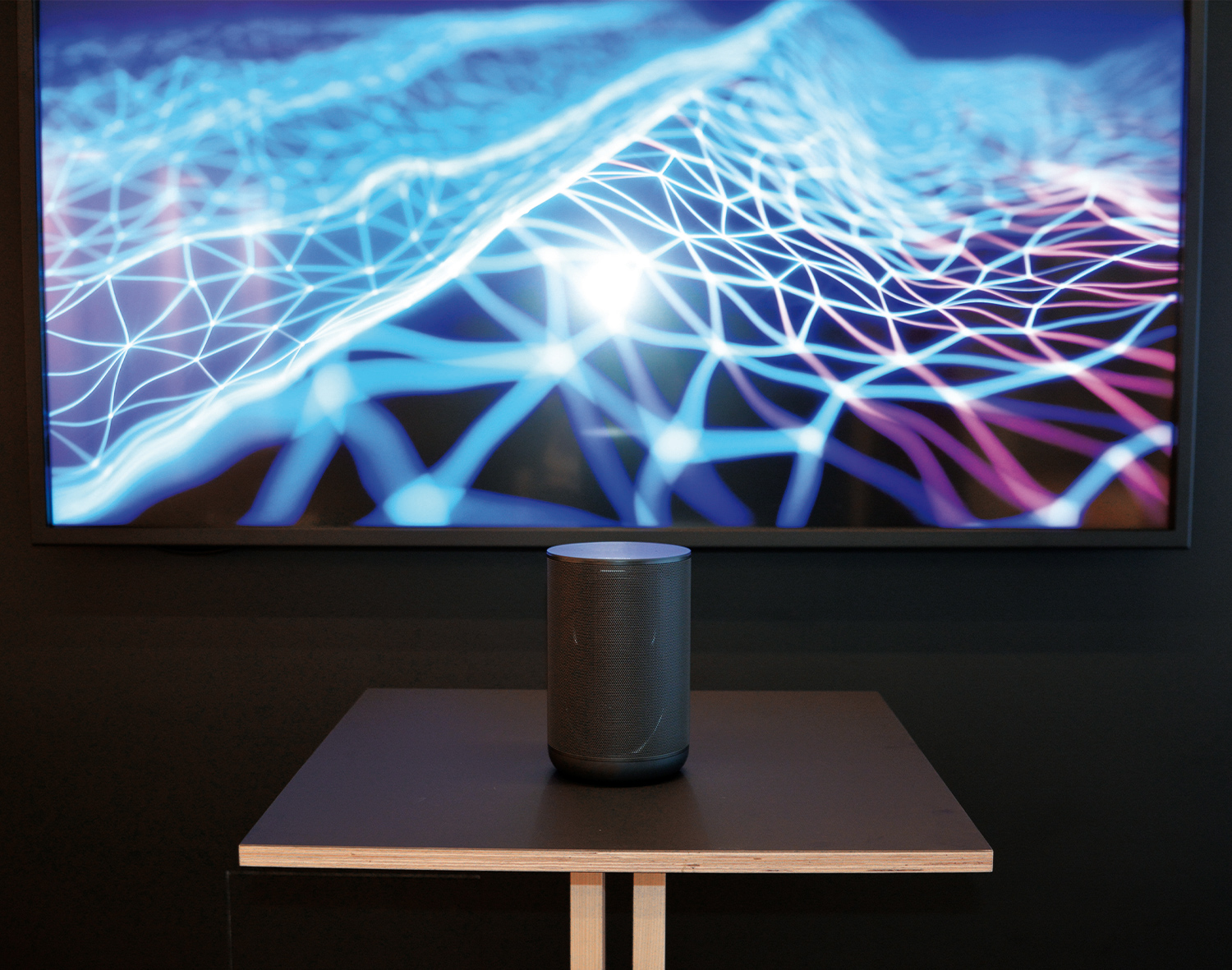In the Fraunhofer SPEAKER project, we have joined forces with the Fraunhofer Institute for Intelligent Analysis and Information Systems (IAIS) to bring together experts in the areas of natural language understanding, artificial intelligence, and software engineering in an interinstitutional collaboration. As part of this major research and development project, which is supported by the Federal Ministry for Economic Affairs and Energy (BMWi), there are plans to develop a voice assistant that is »made in Germany«. The aim of the SPEAKER platform is to provide open, transparent, and secure voice assistant applications. With this in mind, it is important to facilitate the simple and straightforward use of leading technologies in the areas of audio preprocessing, speech recognition, natural language understanding, question answering, dialog management, and speech synthesis with the help of artificial intelligence and machine learning. These key modules are used to develop industrial voice assistance applications that can in turn be made available as finished applications to other market participants via the platform. The SPEAKER project received an award as part of the BMWi »artificial intelligence as a driver for economically relevant ecosystems« innovation competition and was therefore one of 16 outstanding concepts that prevailed in a field of more than 130 submissions.
April 1, 2020, marks the official start of the implementation phase of the SPEAKER project. Once the platform’s development is complete, it will be transferred to an operating company and offered at a similar cost to established platforms.
